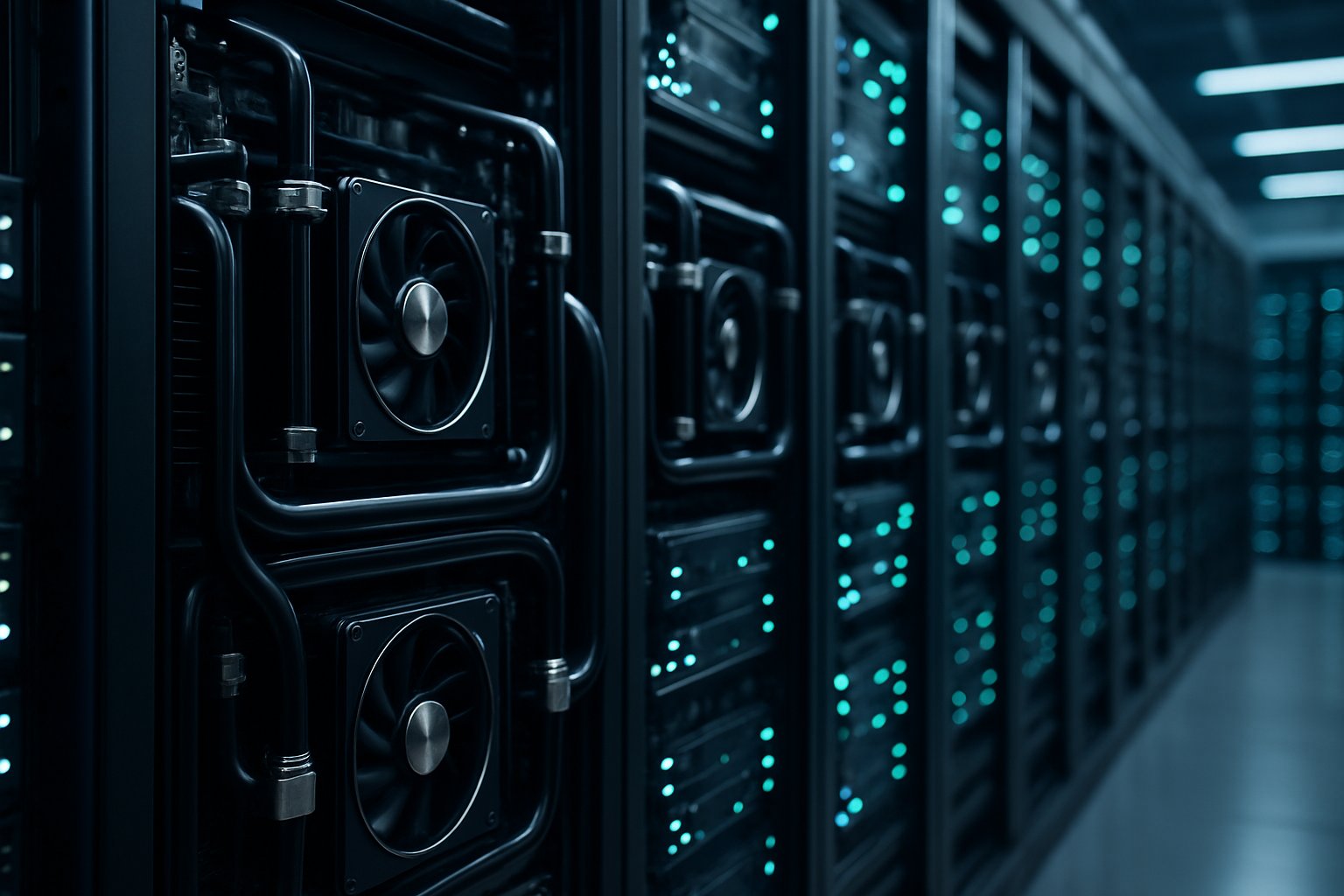
AI CERTS
16 hours ago
Microsoft’s Superfactory Reinvents AI Datacenter Infrastructure
Nevertheless, community concerns about power and water loom large. This article dissects the architecture, business context, and professional opportunities behind the new AI datacenter infrastructure.
Azure Superfactory Vision Explained
Scott Guthrie framed the ambition succinctly. Moreover, he argued that leadership demands systems that behave like one machine at a continental scale. That requirement birthed the Azure AI superfactory concept, anchored by Fairwater datacenter sites. Consequently, GPUs across states participate in single jobs via the dedicated AI-WAN.

Mark Russinovich added that no single campus can house current frontier workloads. In contrast, distributing capacity across regions improves resilience and power availability. Such distribution also drives higher utilization because workloads shift to where idle GPUs exist. Ultimately, the vision pushes AI datacenter infrastructure toward fungible, global capacity pools.
These insights clarify the superfactory mission. Next, we examine physical design choices driving that mission.
Inside Fairwater Design Details
Every Fairwater datacenter uses two-story halls to shorten cable runs. Additionally, Microsoft reports roughly 140 kW per rack and 1.36 MW per row. Consequently, each hall crams unprecedented compute into compact footprints.
Liquid cooling technology spreads through the campus in a closed loop. Therefore, air handlers vanish, allowing tighter component placement and improved power density. Designers integrated battery walls instead of diesel generators. It is an aggressive, efficiency-first blueprint for AI datacenter infrastructure.
- Rack power density reaches 140 kW, double many conventional halls.
- Row power density stands near 1.36 MW.
- Each rack holds 72 NVIDIA Blackwell GPUs connected with NVLink.
- Pooled memory per GPU exceeds 14 TB inside a rack.
- GPU-to-GPU bandwidth inside racks measures 1.8 TB per second.
Collectively, these specifications demonstrate purposeful engineering for extreme density. Moving forward, the computer muscle itself warrants inspection.
Driving Blackwell GPU Muscle
Inside each rack, 72 NVIDIA Blackwell GPUs interconnect with NVLink. Moreover, Microsoft claims 1.8 TB per rack of GPU-to-GPU bandwidth. Subsequently, over 14 TB of pooled memory becomes visible to every accelerator.
Those figures matter because frontier models now exceed previously reasonable parameter counts. Consequently, the Blackwell topology sustains training throughput without constant parameter sharding. In contrast, smaller clusters suffer communication bottlenecks at this scale. Altogether, these AI compute clusters form the beating heart of modern AI datacenter infrastructure.
These figures highlight the raw horsepower behind every training iteration. Yet cooling remains just as critical for sustained performance.
Closed Liquid Cooling Breakthrough
Community groups often question data center water use. However, Microsoft argues its closed liquid cooling technology almost eliminates ongoing consumption. The initial fill equals annual water use for about 20 homes.
Heat exits the loop through large chillers that reject energy to ambient air. Consequently, no cooling towers evaporate thousands of gallons daily. Meanwhile, density stays high because coolant directly contacts die surfaces. This strategy further differentiates Microsoft’s AI datacenter infrastructure from legacy air systems.
Closed loops solve thermal and environmental obstacles simultaneously. Attention now shifts to the network stitching everything together.
Expansive AI WAN Networking
Training across states demands blistering inter-site links. Therefore, Microsoft laid 120,000 miles of new fiber for its AI-WAN. Custom packet spraying, telemetry, and congestion controls raise utilization across paths. Meanwhile, ongoing telemetry updates guide routing decisions in real time. In addition, fiber paths use diverse rights-of-way to boost resilience during outages.
Moreover, the network enables synchronous gradient exchange between AI compute clusters in milliseconds. Subsequently, a single workload may straddle Wisconsin and Atlanta without noticeable slowdown. That capability propels AI datacenter infrastructure toward true planet-scale performance.
That fabric converts separate sites into one logical machine. However, business realities still influence deployment speed.
Business And Community Tensions
Building that capability has proven expensive. Microsoft reported nearly $34.9 billion in quarterly capital spending, half earmarked for GPUs. Furthermore, the firm signed a $9.7 billion deal with IREN to secure NVIDIA Blackwell GPUs swiftly.
Nevertheless, local residents worry about grid stress, noise, and land use. In Wisconsin, pushback forced the cancellation of a Caledonia proposal for a new Fairwater datacenter. Consequently, Microsoft now prepays utility upgrades and pursues solar offsets to ease tensions.
Analysts caution that aggressive capex may overshoot demand if AI enthusiasm wanes. However, management insists bookings already justify current AI datacenter infrastructure expansion. Time will reveal whose forecast proves accurate.
These dynamics underline high financial risk and local scrutiny. Meanwhile, technical momentum appears unstoppable.
In that context, professionals require new skills for designing and governing AI facilities.
Strategic Skills Growth Path
Enterprises need architects fluent in power, cooling, and large-scale orchestration. Additionally, expertise in AI compute clusters and network telemetry is rising in value.
Professionals can enhance their expertise with the AI Cloud Architect™ certification. Consequently, holders gain knowledge spanning AI datacenter infrastructure, energy design, and security.
Moreover, the credential signals readiness to collaborate with hyperscalers on future Fairwater datacenter projects. Subsequently, career prospects expand across vendors, integrators, and cloud customers.
Skills shortages could slow adoption if unaddressed. However, focused upskilling can keep pace with Microsoft’s rapid deployments. Consequently, accredited professionals will remain indispensable throughout the build-out.
Conclusion
Microsoft’s superfactory push showcases a radical shift in global AI datacenter infrastructure. Moreover, dense racks of NVIDIA Blackwell GPUs accelerate research while closed loops conserve water. Consequently, training cycles compress, unlocking new commercial possibilities. Nevertheless, ballooning capex and community concerns demand balanced governance. Professionals who master power, liquid cooling technology, and AI compute clusters will shape the next chapter. Therefore, pursuing relevant certifications now positions you at the center of this transformation. Explore the AI Cloud Architect™ path today and drive the superfactory future forward.



